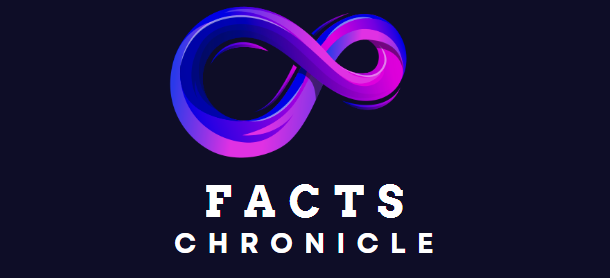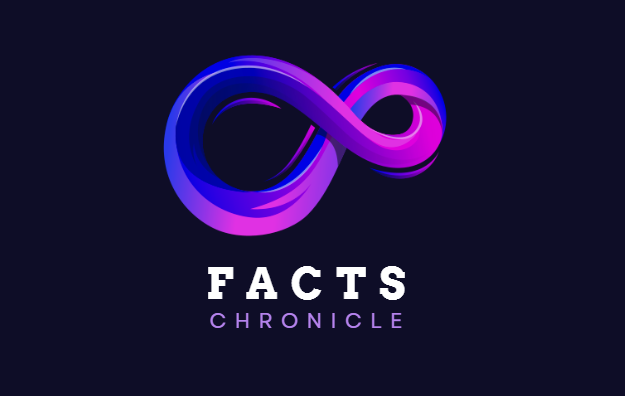In today’s digital age, people are constantly bombarded with content, and it can be difficult to cut through the noise. However, as a digital PR professional, it’s crucial to know what people want to read and share. This is where data-driven journalism and innovative marketing strategies come into play, especially when it comes to link building for SEO.
Link building is a challenging yet rewarding aspect of any SEO project. With some creativity and out-of-the-box thinking, it’s possible to achieve important links and improve your link building strategy. One way to do this is through original research, which can serve as great linkbait and add value to your content.
But how can you leverage data-driven journalism and marketing research to enhance your link building strategy? Let’s take a look at a recent initiative by Google that demonstrates the power of using data and technology to make a real impact in the world.
Google has recently launched Pixel Pawtraits, a program designed to provide photography kits to select animal shelters across the US. The initiative aims to help pet owners take high-quality pictures of dogs, ultimately assisting in their adoption process. According to the American Society for the Prevention of Cruelty to Animals (ASPCA), good photos can make a significant difference in helping shelters find dogs a new home.
Leanne Johnson, head of social media for devices at Google, shared, “We are a company of dog lovers at Google. When we learned what a difference a quality photo can make, we knew the Pixel 8 Pro would be able to have a real impact.” This is a perfect example of how data-driven insights can lead to innovative solutions that have a positive impact on society.
The photography kit includes a Pixel 8 Pro, camera stand, backdrops, and a ‘Pawtrait Guide’ for capturing the best picture of the pet. Additionally, the kit includes dog toys to engage the furry subjects, making the process not only effective but also enjoyable. By leveraging technology and data-driven tools, even amateur photographers can take great shots of pets, which was a key motivating factor in the partnership.
Google Photos tools, such as the AI-powered Photo Unblur and Magic Eraser, can help capture even the most active dogs and remove messy background details, respectively, to keep the focus on the featured pet. The program is designed to focus on dogs who are most in need, such as those who have been in shelters for long periods, medium or large dogs, dogs with dark coats, older dogs, or dogs with lower adoption rates.
Shelters are selected based on specific criteria, including each shelter’s mission, whether it’s a nonprofit, and most importantly, whether it’s a no-kill shelter. The initiative aims to support shelters and organizations that are dedicated to rescuing and providing a safe haven for animals in need.
“When the personality of a dog can come through in a photo and somebody can connect to them, that’s what gets their foot in the door for rescue and that can be the game changer for everything,” said Lauren Botticelli, executive director of The Animal Pad, a nonprofit dog rescue in San Diego.
In conclusion, Google’s Pixel Pawtraits program is a prime example of how data-driven insights and innovative thinking can lead to impactful initiatives. By leveraging technology and photography tools, the program aims to provide support to animal shelters and ultimately help dogs find their forever homes. This demonstrates the power of data-driven journalism and marketing research in creating real-world solutions that make a difference in society.

